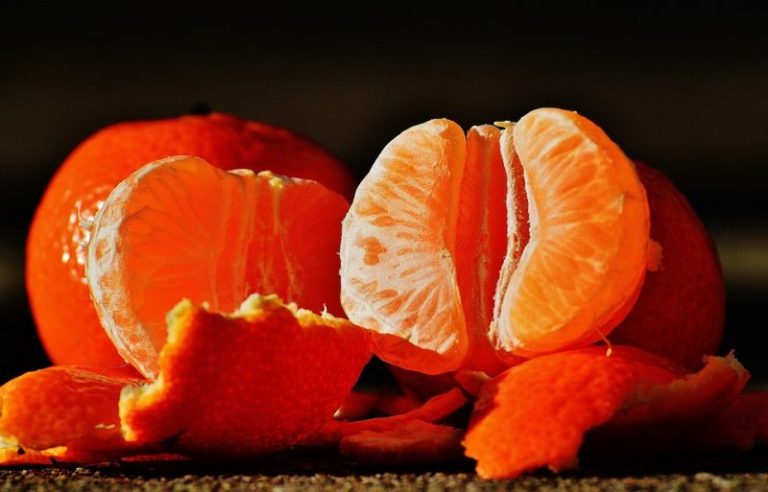Now it’s back to the time when the orange-colored citrus fruits fill the supermarket shelves. Mandarins and clementines are popular snacks for us in the wintertime. The sweet fruits are also ideal for winter salads or for baking muffins and fruit bases. But haven’t you ever stood in front of the supermarket display and wondered what the difference is between mandarins and clementines? EAT SMARTER tells you how to tell the delicious citrus fruits apart.
Orange is not the same as orange
Tangerine, clementine, satsuma, or tangerine? Even botanists are sometimes unsure and find it difficult to tell them apart. No wonder, since the tangerine has countless hybrids (descendants of crosses with other citrus fruits). One example is clementine, which is believed to have originated from a cross between a tangerine and a bitter orange. We’ll explain how to tell the two apart:

Tangerines
Mandarins, botanically Citrus reticulata, originate from China and have been cultivated there for over 3,000 years. The word origin is probably in China and is derived from the word Mandarin. That’s what high officials who wore an orange official dress were called. Today the fruits are mainly grown in the western Mediterranean region. The main harvest season in southern Europe begins in late autumn. Therefore, the fruits are mainly available in Germany from October to January.
Clementines
The clementine is the little daughter of the tangerine. It is a cultivated form, crossed from the tangerine and the bitter orange. The clementine owes its name to a French monk named Clément. He grew the fruit around 100 years ago in Algeria.
Differences between tangerines and clementines
If you want to distinguish tangerines from clementines visually, you have to look very closely. The differences usually only become apparent once you know what to look out for.
1. External differences
The peel of the tangerine is slightly darker than that of the clementine. The tangerine is also round like the orange. Clementines tend to be elliptical and flat, often leaving a central cavity inside.
2. Who is easier to peel?
The peel of the clementine is usually more difficult to remove than that of the tangerine. Although it looks thinner, it is much more robust. In the case of tangerine, the so-called loose skin is responsible for the easier peeling off of the skin. This means the cavity between the skin and the flesh of the fruit, becomes wider the longer the fruit is stored.
3. Attention cores
Mandarins are divided into nine to ten segments and, unlike clementines, often contain seeds. The eight to twelve fruit segments of the clementine are almost seedless. Many consumers appreciate this property.
4. Shelf Life
Due to the more robust peel, the clementine can be stored much longer than the tangerine. Whereas these become bitter and inedible after just 2 weeks, clementines can be kept for up to two months if stored correctly.
5. The difference in taste
The taste of the tangerine is tart, but much more intense. In contrast to the orange, it also tastes significantly less acidic. The clementine brings with it a sweet and sour aroma that is less intense than that of the tangerine.
6. Ingredients
If you take a look at the nutritional values of clementine and tangerine, the two citrus fruits hardly differ from each other. Both contain hardly any fat and a lot of fructose. Good to know for diabetics is that 100 grams of tangerine do not contain quite one BE*.
Citrus fruits are so healthy

Especially in winter, citrus fruits such as tangerines, clementines, or oranges are popular with young and old. They are not only a tasty snack but also very healthy due to their high vitamin C content. The tangerine contains the least vitamin C of all citrus fruits, but with “only” 32 milligrams per 100 grams, it is not to be scoffed at. If you eat this amount, you already cover a good third of your daily requirement.
The health boosters also contain provitamin A, which plays an important role in cell protection and has a positive effect on skin and eyesight.
Crossbreeding with other citrus fruits has given rise to countless hybrids around the world, including clementine. Two other representatives of the tangerine subspecies are the particularly thin-skinned and juicy satsuma and the very small and sweet tangerine. Both are commonly available in the market; most tangerine varieties and hybrids are not even described in detail, at least in the supermarket.


